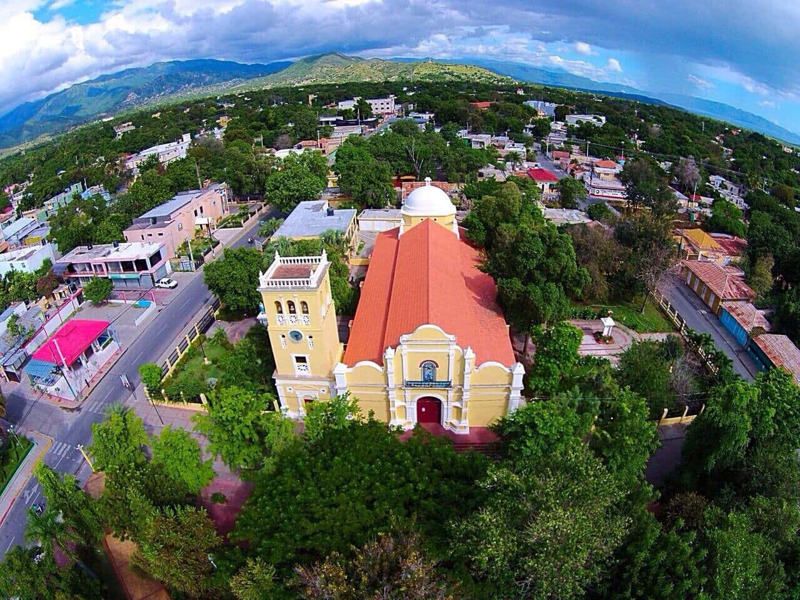
05 Aug Visit Azua in the Dominican Republic
Visit Azua in the Dominican Republic
Azua is a region in the southwest of the Dominican Republic, nestled in the Central Cordillera mountains and with access to the Caribbean Sea through the Bay of Ocoa. Its capital, Azua de Compostela, is a Spanish town that was founded in 1504 by Diego Velázquez and obtained the title of a province in 1844, when the Dominican Republic achieved its independence.
The main economic activity in this province is related to agricultural production, starring tobacco, coffee and bananas. Fishing and the dairy industry play a leading role in an economy that has historically been driven by sugar production.
While Azua de Compostela is not one of the tourist territories par excellence, this town’s charm still manages to impress all those who visit it. Its beaches and the nature that surrounds them are discovered by many to be a pleasantly surprising destination for those who decide to travel a hundred kilometres outside of the country’s capital.
OUTINGS IN AZUA DE COMPOSTELA
The Bay of Ocoa is one of the most highly coveted natural treasures in the Dominican Republic and a place that is regularly visited by Dominicans themselves. The excellent conditions of its waters make it the perfect place for those seeking out a haven of relaxation, as well as for those who enjoy practicing water sports. The underwater sea life in this bay, inhabited by thousands of marine and plant species, makes diving one of the most highly sought after activities.
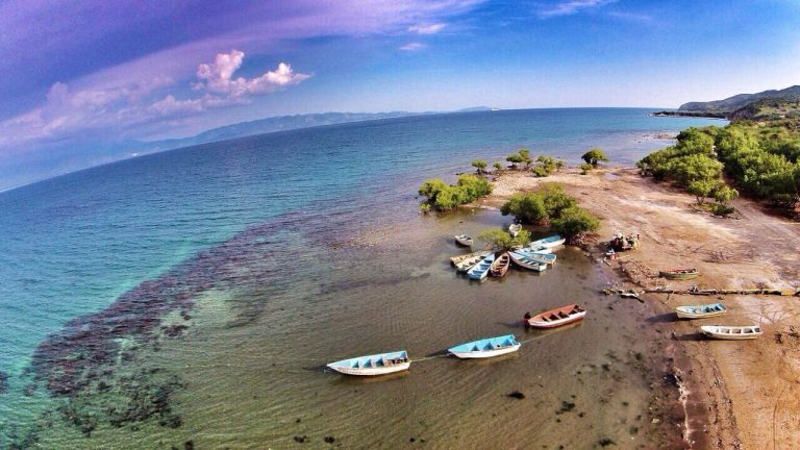
Fuente: Edison Leyba
The beaches bathed by the waters of Ocoa make up a network of small paradises that are worth visiting. Playa Blanca, Playa Monte Río and Playa Caracoles are just a few of the beaches where the sky and the sea come together to create an infinite horizon to be enjoyed by its visitors.
In fact, Playa Caracoles is the perfect place to disconnect if you are looking to escape from the touristy crowds on other Dominican beaches. Harmony and peace of mind are guaranteed in this turquoise landscape where snorkelling is one of the most common practices. If, on the other hand, you want to explore nature and get to know the mangroves first-hand, Playa La Caobita should be your first choice. Its extensive coral reef and impressive mangrove swamp will allow you to come in full contact with the native flora and fauna.
Playa Blanca is one of the quietest beaches in Punta Cana. It is very small and has a bar-restaurant from which you can enjoy a great meal with the unbeatable setting of the sea as the backdrop. In addition, it is a great place to practice sports such as volleyball or snorkelling.
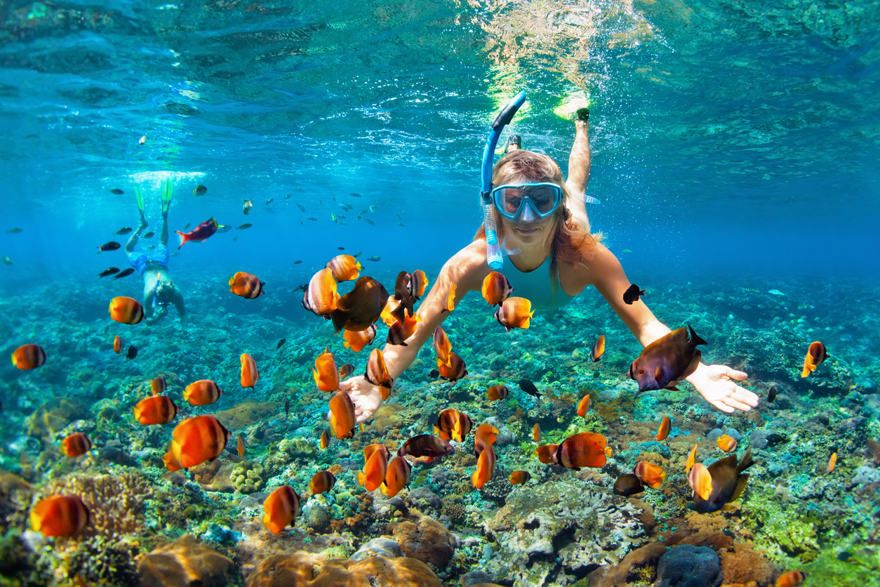
Just two hours from Azua is the José del Carmen Ramírez National Park, one of the first national parks and protected areas in the country; also, it is much less travelled than the neighbouring Armando Bermúdez National Park.
Heading inland is the highest point in the Antilles, called Pico Duarte, which with its 3,175 metres is one of the main tourist attractions for nature lovers. Along the way, you can also cross the mouth of the Yaque del Sur River, the main source of water for the San Juan Valley.
Most of the activities that you can do in this national park are related to hiking and camping, highly recommended given that its climate varies from temperate oceanic to humid semi-cold, where temperatures don’t exceed 18ºC or drop below 12ºC. You will be able to eat, sleep and breathe one of the most peaceful and beautiful places in the world, taking refuge in a virgin forest in the heart of the Dominican Republic.
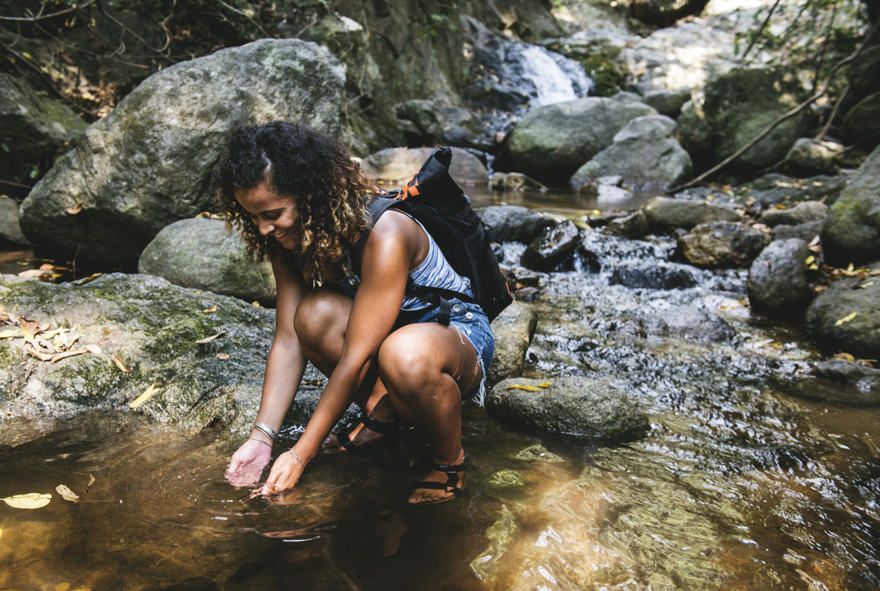
GASTRONOMY IN AZUA DE COMPOSTELA
The Dominican Republic has a varied gastronomy where Taíno, European and African influences make its dishes and explosion of flavour. The typical dishes are the best example of Creole cuisine and you can try many of them in Azua de Compostela.
Corn is one of the main elements of this cuisine and it is the basic ingredient for many of its dishes. For example, you can try El Chechén, where corn is cut into small pieces and boiled for many hours with various spices, and El Chacá, a dessert made with milk, sugar and cinnamon.
Fish is the main protagonist of this Caribbean cuisine. Although you can always try the latest catch that arrives at the port any day of the week, if there is one fish that cannot be missing from your table it’s the “chillo” or northern red snapper. You can also indulge yourself with fresh kingfish, grouper and bonito, whose flavours awaken unique sensations if you try them alongside the Creole sauces.
And you can’t leave Azua without trying and buying Mamajuana, a liquor made from rum, red wine and honey that is soaked with tree bark and herbs. It is the national drink of the Dominican Republic and it’s a must-try during your visit, but first you’ll have to choose between the white or the golden variety.
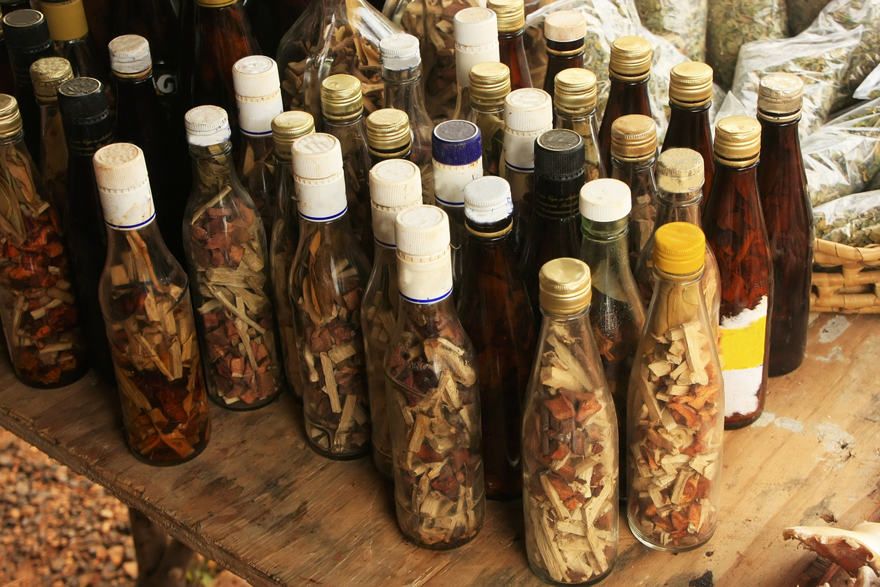
Nearby outings: Santo Domingo
Less than two hours by car from Azua is the capital of the country, Santo Domingo. It’s never a bad idea to discover all of its history and everything else the Colonial City has to offer, which will transport you to a bygone era that will help you to understand the essence of the Dominican people.
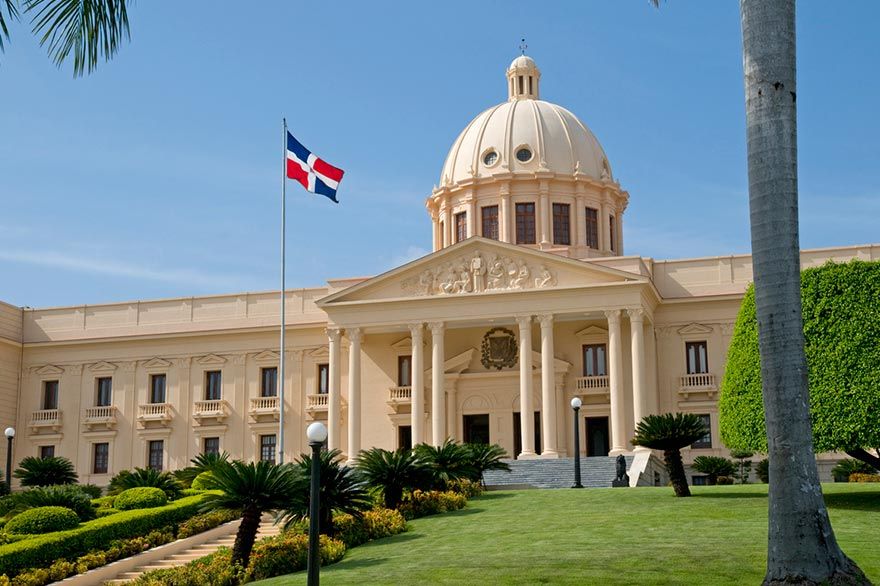
Let yourself be surprised by a town where you’ll feel just like a local and where you’ll be able to discover wonderful attractions that will make your trip to the Caribbean truly memorable.



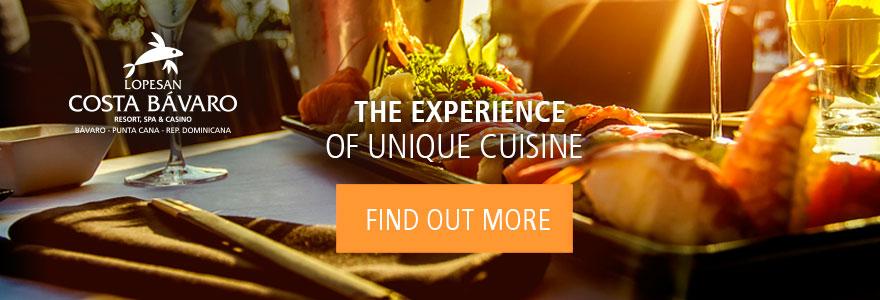
No Comments